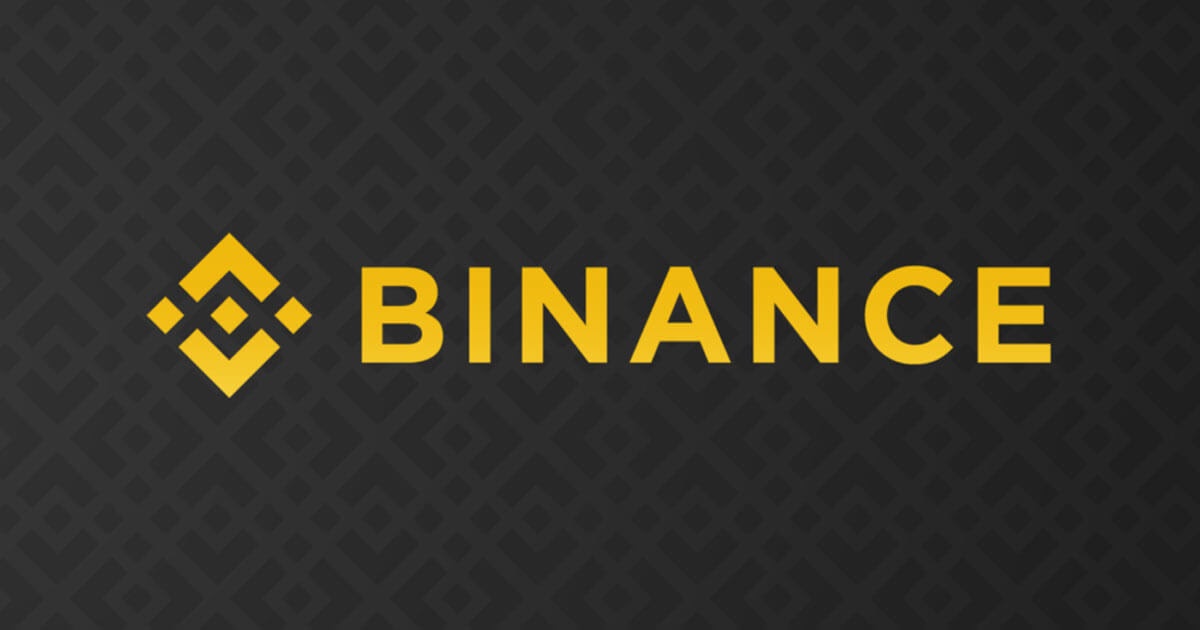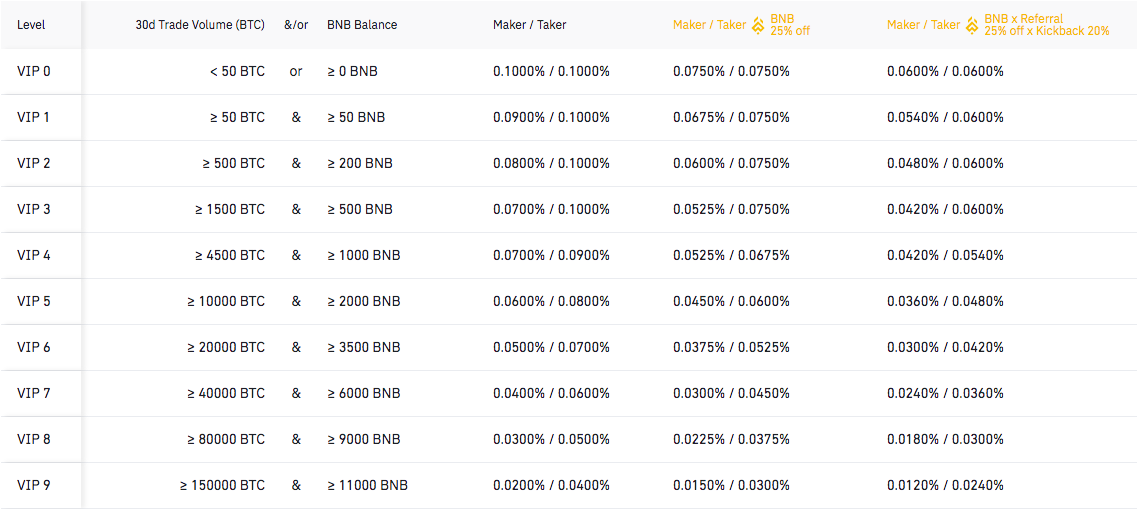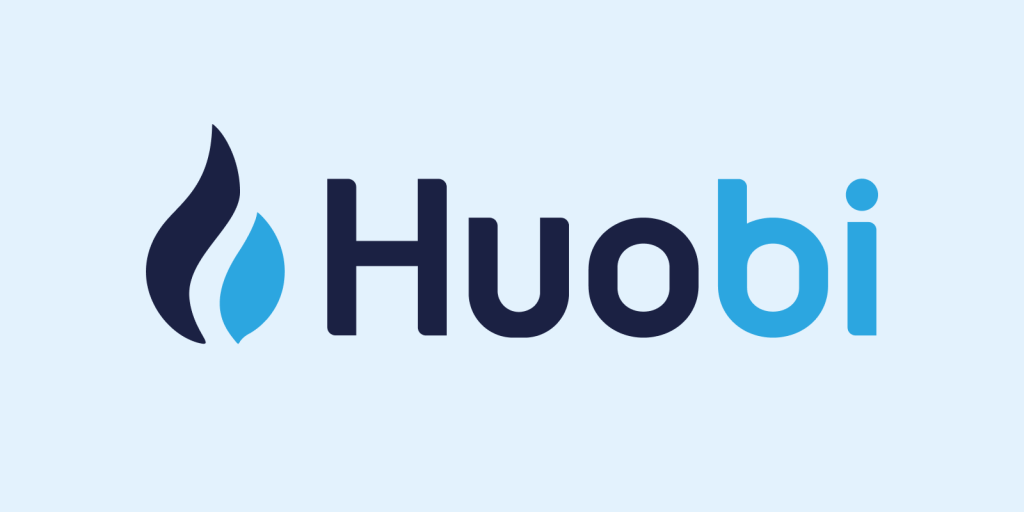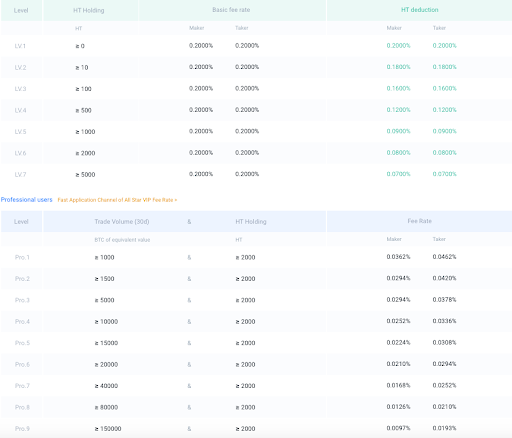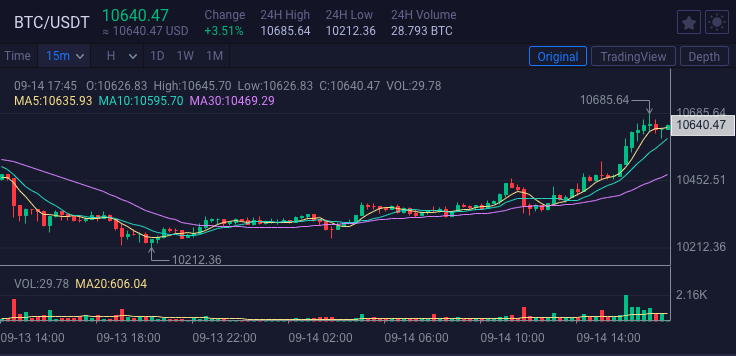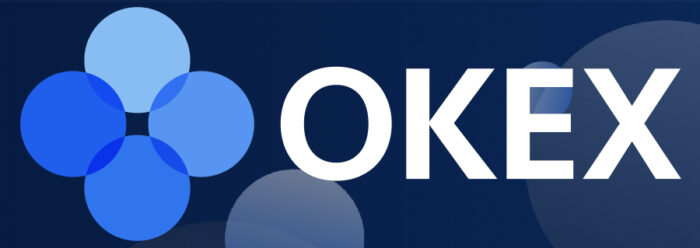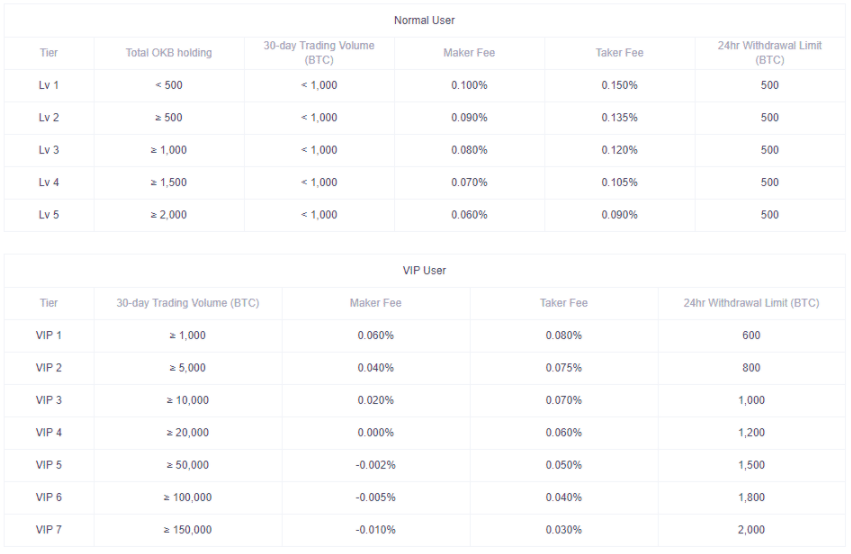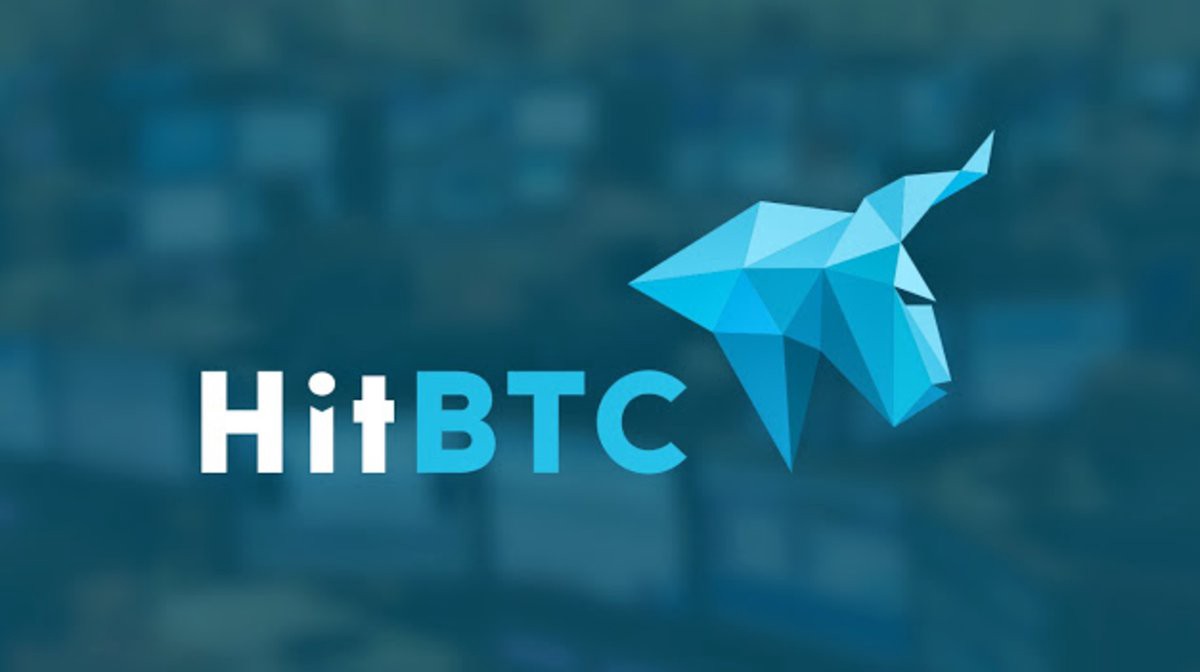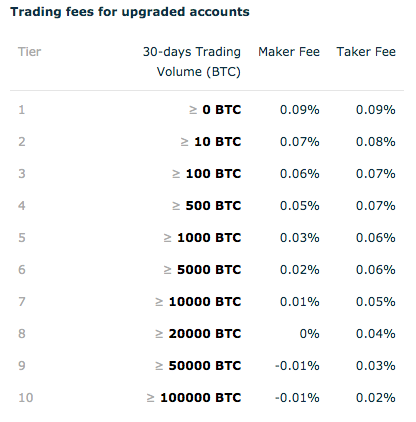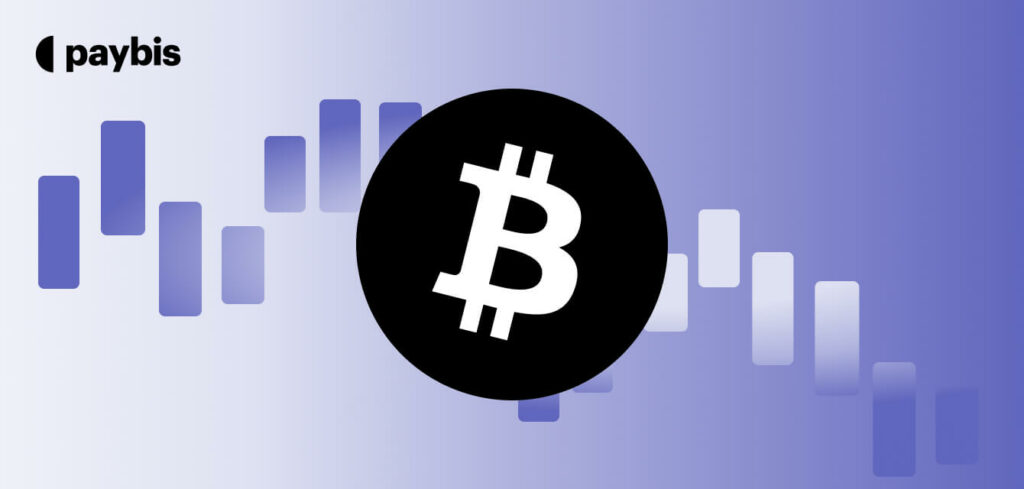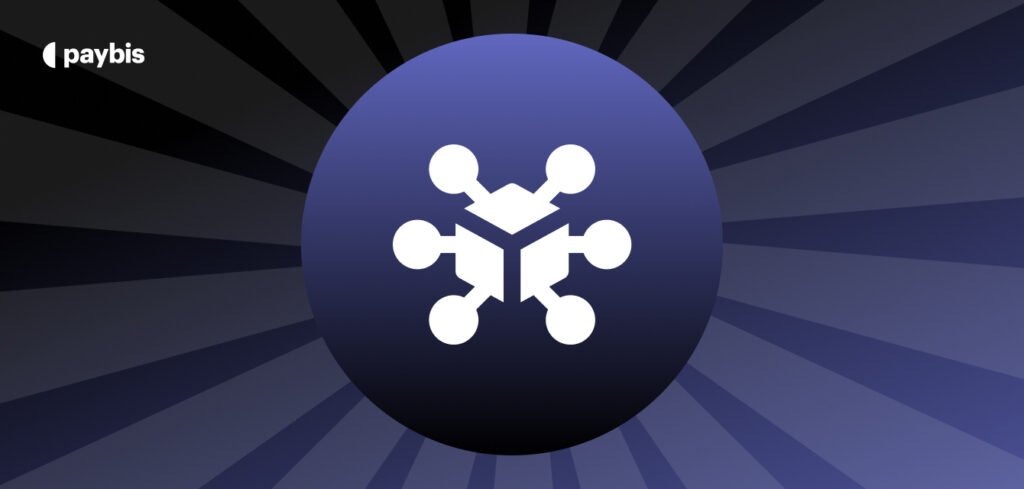Best Bitcoin Trading Platforms: 2024 Review
Since its early beginnings, the volatile nature of Bitcoin has made many people very rich in a short amount of time. And even though Bitcoin is holding strong on the $10.000 level, many traders believe that the best is yet to come.
Over the last two years alone, popular cryptocurrency exchanges have released many new financial products to cater to those who wish to trade Bitcoin. From swing and position trading to futures “gambling” and high-risk margin trading, these platforms are ready to support users from all levels of experience.
And this is why we wrote this article. If you are looking for an overview of the best Bitcoin trading platforms of 2021, you’re in the right place. After reading this post, you will know exactly what kind of platform you should choose for your trading activities.
Table of contents
What to keep in mind when choosing a Bitcoin trading platform
Every exchange with trading functionalities has its own set of unique attributes and financial products. That being said, there are some platforms that are safer (and cheaper) to use. Among others, consider the following factors when choosing a trading platform:
Factor #1 – Liquidity of the platform
A platform’s liquidity determines its ability to execute your spot order.
- High liquidity means that a specific coin or platform has many open orders and users that are actively buying and selling.
- Low liquidity could mean that your order will not be fulfilled for a long time, making you lose money-making opportunities.
The best Bitcoin trading platforms are high liquid. This ensures that your attempts to trade the market in real-time will be successful every single time. You can check the exchanges with the highest liquidity by looking at their average liquidity score.
Factor #2 – Reliability & Trustworthiness
Knowing which platform to trust most often comes through personal experience and industry observation. Here are some good questions to ask yourself when it comes to this:
- Has the exchange ever been hacked? If so, did they refund customers that were hurt?
- Has the platform ever artificially inflated its trading volumes to acquire more customers?
- Have there ever been unresolved problems regarding withdrawals and deposits?
- What are existing customers saying about the platform?
- Is the platform responsive and available 24/7?
The answers to these questions will discover the best Bitcoin trading platforms. You will obviously need to do some research upfront, but it is best you do this earlier rather than later.
Factor #3 – Trading fees & withdrawal fees
The fees you pay when trading will have to be subtracted from the profits you can potentially make. While the amount may seem minuscule at first, it can quickly pile up and cost you a lot of money. Ideally, you’d want to find a platform that is able to provide discounted transaction fees if some requirements are met (e.g. Binance gives a 25% discount to users that use BNB to pay their fees).
As for withdrawal fees, these are important for traders who are looking for arbitrage opportunities and those who regularly send their coins over to cold storage. In both cases, each withdrawal will cost you approximately 0,0004 BTC, and anything above that should be questioned.
Factor #4 – Charting tools
We have previously written an in-depth guide on cryptocurrency trading basics. In the guide, you will come across all kinds of charting methods and indicators that help traders time the market. A simple candle chart across different timeframes may help traders estimate trends and catch local tops, but is not nearly enough when looking at the available options.
Ideally, you should be able to compare Bitcoin against different cryptocurrencies and FIAT currencies (trading pairs) and utilize different tools for technical analysis. When using the best Bitcoin trading platforms, you should be able to analyse price action and trading volume, customize charting patterns, add or remove technical indicators, and implement other charting functionalities.
Factor #5 – Selection of financial products
Trading is not limited to buying Bitcoin and selling it at different price points. There are many more products that affect your capital’s growth. For example:
- Certain platforms allow you to trade with leverage (up to x125)
- Some offer futures products
- You can also benefit from new coin listings and IEOs to grow the amount of BTC in your wallet.
Overall, a good rule of thumb to keep in mind is that more popular platforms have a higher selection of financial products. Binance, for example, is consistently coming out with new options for its audience, the latest of which is the Launchpool. This helps traders benefit from every opportunity and market trend.
Factor #6 – Community growth
A healthy level of Social Media engagement indicates that a trading platform has a good reputation and satisfied customers. Most reputable platforms will bet big on the growth of their community, giving large financial rewards to their users on a weekly basis. And that is not just limited to one platform – a great exchange should be available at all channels that their audience is using.
If a platform claims to have high liquidity and average daily trading volumes but no engagement whatsoever on Social Media, then there is probably something sketchy going on. This was proven a little more than a year ago by Bitwise’s report for SEC, which outlined unethical exchange practices and how these were performed.
Remember, the best Bitcoin trading platforms have a high level of social engagement and are often rewarding their users through these channels for doing many different activities.
With this information in mind, it’s time to list the best Bitcoin trading platforms according to our own personal research. Before you choose to join any of the following platforms, make sure you perform further research in order to make an educated decision.
Best Bitcoin trading platforms in 2024
In the following sections, we will outline the best Bitcoin trading platforms, according to data from CryptoCompare (based on trading volumes and trust rate).
1. Binance
Who hasn’t heard of Binance? The popular trading platform has reached the top of the market in just 3 short years. With more than 200 trading pairs and a strong international community, the platform slowly taking over the whole crypto industry.
Apart from offering a wide array of financial products, the exchange has the multiple FIAT onramps and regularly acquires large crypto-related companies. The latest investment came in March of 2020, when the platform acquired CoinMarketCap for an undisclosed amount (rumoured to be $400 million).
Binance’s Reputation
Binance’s reputation has been questioned over the years, the most recent of which was just a few weeks ago (shortly after listing SUSHI, its anonymous founder sold all of his holdings).
Even so, however, Binance is one of the most trusted platform with millions of loyal customers. They have a strong community which expands all over the world (several Twitter and Telegram channels depending on the spoken language), no shady activities, and no artificially inflated trading volumes.
Additionally, even though the platform has suffered a hacking attempt two times in the past (one of which was successful), user funds were never compromised.
Security measures & licences
- Both Binance.com and Binance.us (the US version) do not yet have a Bitlicence. This means that the exchange cannot serce New York residents, at least for the time being.
- According to a recent study by Coinfirm, Binance is considered to be a high-risk exchange, due to prolonged exposure to privacy coins such as ZCash (ZEC) and Monero (XMR). The study adds that the platform has been changing jurisdictions on a regular basis to avoid regulatory limitations.
- The platform has partnered with IdentityMind, one of the biggest risk management and compliance firms, to improve data security and compliance measures. To do this, the exchange is using their KYC and AML compliance tools for all its operations.
- Furthermore, Binance was one of the first platforms to deploy both IEO projects (carefully researched and exchange-backed initial coin offerings on Binance) and high yield staking on CeFi projects, decreasing users risk and increasing their exposure to new products.
- Recently, the platform also introduced the SAFU fund – a wallet which contains a significant part of Binance’s profits in order to pay back users in case of any future hacking attempts.
Average BTC trading volume
Binance’s average daily BTC trading volume is $1.702.368.936 at the time of this writing. This trading volume represents 23.12% of the exchange’s total daily trading volume. To see more, click here.
Trading fees
Binance has 9 hierarchical tiers of trading fees. Similar to loyalty programs, a user can qualify for each level by making more traders during a single calendar month.
Maker/Taker fees are 0,1%/0,1% (on the lowest tier) to 0,02%-0,04% (on the highest tier). When using BNB for your trading fees, the amounts are decreased by an additional 25%.
Trading tools & financial products
Binance is probably one of the most diverse platforms when it comes to their selection of financial products. For trading tools, however, it might not be the best in the market.
Financial products
- The platform has a research area to help traders perform fundamental analysis.
- There is a virtual academy that helps users learn how to trade and even get certifications for their knowledge.
- Users can trade on open markets (spot), but also make futures and margin trades.
- Launchpad and Launchpool are the IEO and DeFi staking areas of Binance, where users can earn rewards simply by staking their coins.
Trading tools
The following video gives a complete overview of all the tools and features used for trading.
2. Huobi
Huobi is one of the best Bitcoin trading platforms globally. Established in 2013, the platform has built a positive reputation and an excellent business model over the years. One only needs to look at its numbers to understand just how big the exchange actually is.
- By the end of its first year, the Chinese platform was already making a gigantic turnover of more than $12 billion dollars.
- By 2016, the turnover has increased to $247 billion.
During the latest bull market of 2017, Huobi had to halt its trading services temporarily when China decided to ban cryptocurrency trading. Due to this regulatory change, the platform relocated to Singapore and decided to internationalize its operations. Since then, it has grown massively and could be considered a worthwhile Binance competitor.
Reputation
Huobi’s global presence can’t be questioned. The platform has a strong online presence which, in many ways, seems advantageous and more rewarding than Binance, even though the latest has 10 times more followers on popular Social Media platforms like Twitter.
Another factor that makes Huobi very reputable is its immunity to hacking attempts. The platform has never suffered a cyber attack in the 7 years of its existence, which makes it advantageous over all other exchanges in this list.
Security measures and licences
- The Securities and Futures Commisions (SFC) have granted two licences to Huobi, allowing the platform to provide asset management services.
- The platform works closely with regulators to comply with all requirements related to KYC and AML in its operating markets. For this reason, the exchange launched Star Atlas, an on-chain analytics tools to monitor illicit activities on their platform.
- The platform’s AML policies page points out that the platform follows all required regulations that have been put in place by authorities and supervises transactions to ensure they are not aimed to support illicit activities.
- Huobi holds a Gibraltar DLT licence and is the fifth exchange to receive a digital asset trading licence in Thailand.
- Similar to Binance’s “SAFU fund”, Huobi has its own user protection fund, which acts as an insurance policy against unforseen events, such as hacks or thefts.
Average BTC trading volume
The platform has been linked with artificially inflated trading volumes in the past. The issue, however, seems to be improving. Recently, Coingecko reduced Huobi’s reported daily trading volumes by 84%, after developing what they call a “volume normalization” algorithm.
That being said, according to current data of CoinMarketCap, Huobi is currently responsible for $243.984.920 of daily BTC trading volumes. This amount accounts for approximately 10% of the platform’s total daily trading volumes. To see more, click here.
Trading fees
Huobi’s tiered fee structure is more “pricey” than Binance. When looking at the available tiers, the fees at least two times more expensive than what a user would expect to pay on other platforms.
- For normal users, Maker/Taker fees are 0,2%/0,2% (on the lowest tier) to 0,07%-0,07% (on the highest tier). The amount of one’s fees depend on the number of HT tokens in the user’s wallet.
- For professional users, Maker/Taker fees as much cheaper but users need to hold a significant amount of HT tokens and qualify based on their monthly trading volumes.
Trading tools
Huobi has a user friendy trading panel with a TradingView integration. This allows users to adjust the charts in any way they seem fit.
What you may notice is that there is a very limited amount of indicators that a trader can import.
3. OKEx
OKEx is a Malta-based spot and derivatives exchange that has some of the largest trading volumes in the crypto industry. The platform started as a Chinese-focused platform in 2015, but has since moved its operations to avoid regulatory limitations.
Reputation
According to information released by CryptoCompare, OKEx was one of the two platforms that managed to maintain its level of trading volumes after the coronavirus-related market crash. This fact plays a catalystic role in the platform’s positive reputation in 2020.
OKEx’s Twitter account has more than 200k followers and regularly host giveaways for all its users. This keeps the community engaged and up to date with all of the platform’s activities.
Finally, it is important to mention that, similar to Huobi, OKEx has never been hacked. However, there have been some instances where the platform’s reputation has been questioned.
Security measures & Licences
- According to OKEx’s terms of service page, the platform is compliant with all EU regulations and does not allow US citizens to use their services.
- Additionally, OKEx has its own AML program, which is built to prevent illicit activities and money laundering on their platform.
Average BTC trading volume
According to CoinMarketCap, OKEx’s BTC trading volume amounts up to $383.892.096 at the time of this writing. The amount equalts to 23,22% of the platform’s total daily trading volume. To see more, click here.
Trading fees
OKEx has 5 tiers for normal users (trading less than 1000 BTC per calendar month) and the fees depend on the number of OKB that a user has in his exchange wallet.
- Maker/Taker fees are 0,1%/0,15% (on the lowest tier) to 0,06%-0,09% (on the highest tier).
- Once the trading threshold of 1000 BTC is exceeded, fees depend on user’s trading volume per calendar month.
Trading tools
The platform has several trading indicators built into its charting system to make the process more reliable for traders. Additionally, users can also see the charts through TradingView for even more charting options.
4. HitBTC
HitBTC is a popular Chinese cryptocurrency exchange with a large variety of coins (more than 800 trading pairs). The exchange was launched in 2013, and offers multiple financial services for cryptocurrency traders.
The platform focuses on more experienced traders, offering a large range of APIs and an interface that can satisfy even the most demanding users.
Reputation
While the exchange seems to be one of the most trusted platforms with large daily transaction volumes, its customer service has been questioned multiple times, as it seems to not be very responsive. This may not be a point of major importance for experienced traders, but could make the platform less lucrative for beginners and amateur traders.
Security measures
- HitBTC points out that all its operations are fully compliant to existing regulatory frameworks.
- HitBTC also offers additional security layers, allowing users to add a 2-factor authentication upon login.
- The platform uses what they call “top-tier” security custody for the 10 most popular cryptocurrencies, among which is also Bitcoin. You find out more about their security here.
Average BTC trading volume
According to CoinMarketCap, HitBTC’s daily trading volume of Bitcoin is $243.321.260. This amounts to 37,35% of its total daily volumes at the time of this writing. To see more, click here.
Trading fees
HitBTC has a flexible fee structure depending on the account type.
- Starter and General accounts have a standard Maker/Taker fee of 0,1%/0,25%.
- Upgraded accounts are subject to a tiered fee system which offer better rates to higher trading volumes.
Overall, HitBTC’s trading fees are among the most competitive in the market, making it one of the best Bitcoin trading platforms for experienced crypto traders.
Trading tools
HitBTC has a large selection of trading tools and functionalities:
- Users can customize their trading terminal according to their preferences.
- Similar to the previous platforms, users can choose between HitBTC and TradingView charts while choosing from a wide array of order types.
- Multiple instruments for technical analysis are available to all users, and there is even an option to view multiple charts simultaneously.
The industry is evolving and new players start taking the lead. Is this a good thing?
As the crypto industry enters into a more “mature” stage of development, new platforms are starting to emerge and increase in popularity. For many, this is a great thing, since there is more diversity and decentralization. For others, it simply adds to the industry’s complexity.
One example of such “new players” are decentralized cryptocurrency exchanges. More and more people are starting to use platforms like Binance DEX and Serum, and their daily trading volumes already exceed $1m. These platforms are solely meant to serve traders and there are no FIAT onramps.
Another example is the introduction of Uniswap, a decentralized solution that helps users exchange ERC-20 tokens and contribute to liquidity pools. The latest option rewards users with significant amounts of tokens, which is why the platform has more than $1 billion locked in liquidity pools.
Overall, there is a tendency towards more decentralized solutions. If this movement ends up becoming successful, it will help cryptocurrency users maintain at least some level of privacy. Being able to exchange in real time using smart contracts, and without the need for regulatory overview will lead to a higher participation in this global financial revolution.
Disclaimer: Don’t invest unless you’re prepared to lose all the money you invest. This is a high‑risk investment and you should not expect to be protected if something goes wrong. Take 2 mins to learn more at: https://go.payb.is/FCA-Info

